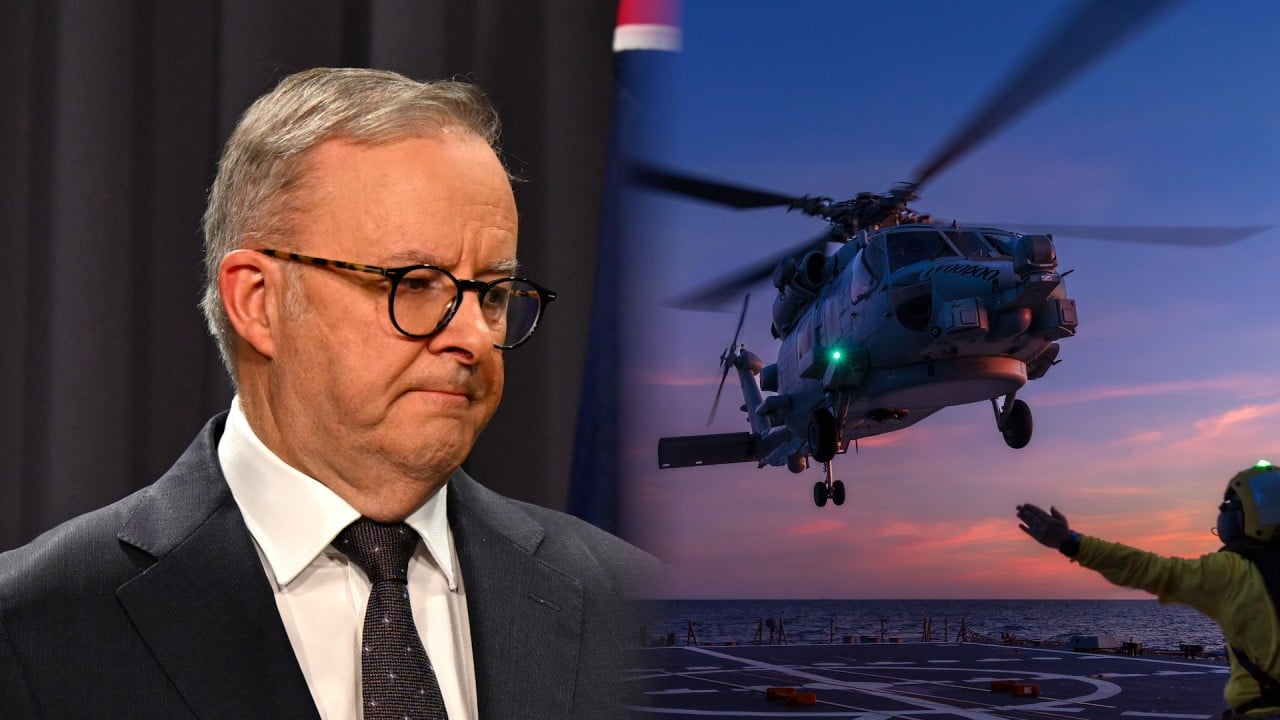He announced that the zoo would be loaned another two pandas after the pair are due to return to China in November.
“China will soon provide another pair of pandas that are equally beautiful, lively, cute and younger to the Adelaide Zoo, and continue the cooperation on giant pandas between China and Australia,” Li said in Mandarin, adding that zoo staff would be invited to “pick a pair”.
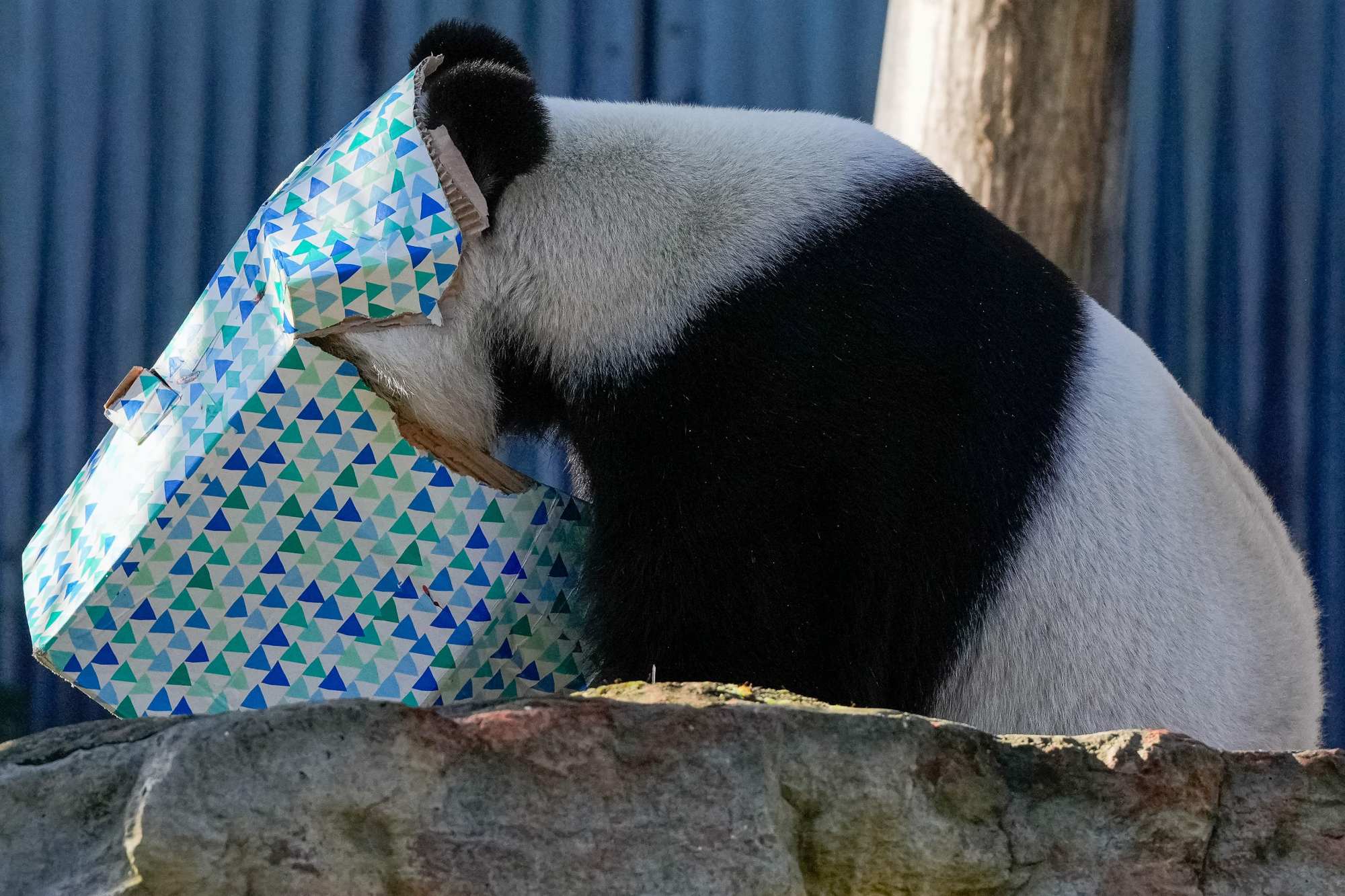
Li was impressed by the 18-year-old male Wang Wang’s appetite and indifference to his high-ranking visitors.
“The panda is very obsessed with eating and doesn’t pay attention to us even when we are the people from its hometown visiting,” Li said at the panda enclosure.
“It has completely treated here as its second hometown,” Li said. “Very pretty, adorable, with charming naivety.”
The pair are the only pandas in the Southern Hemisphere and failed to produce offspring in Australia.
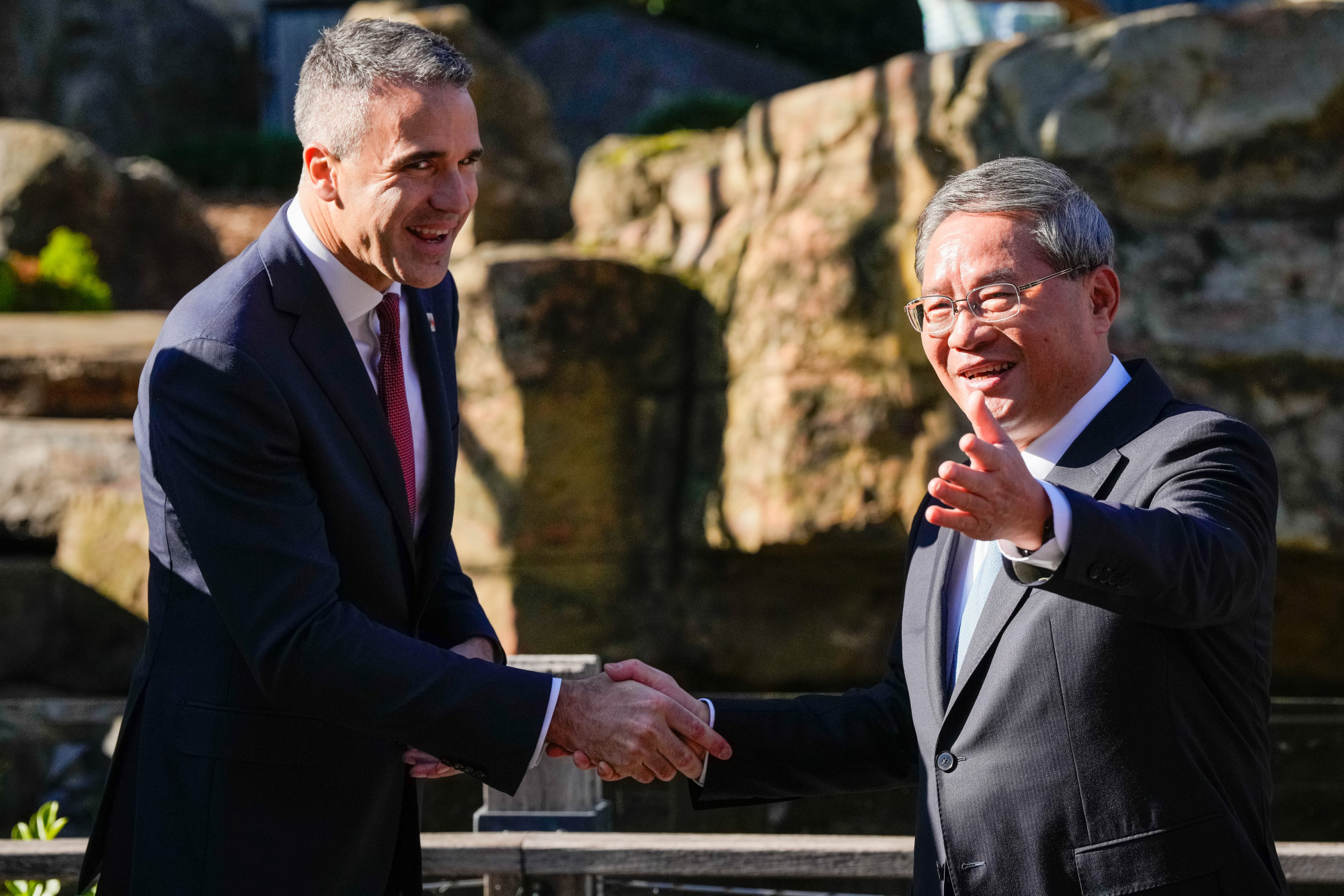
Foreign Minister Penny Wong thanked Li for ensuring that pandas would remain the zoo’s star attraction.
“It’s good for the economy, it’s good for South Australian jobs, it’s good for tourism, and it is a signal of goodwill, and we thank you,” Wong said.
Tom King, the managing director of Penfolds, one of Australia’s oldest wineries, told Chinese state media ahead of Li’s arrival that such visits helped strengthen economic and cultural ties.
“It’s pleasing to see the stabilising of relations between the Australian and Chinese governments, including regular high-level visits between the two countries,” King was quoted as saying by the Global Times newspaper last week.
China-Australia relations … [are] back on track after a period of twists and turns
Li noted that Albanese in November was the first Australian prime minister to visit China since 2016.
“China-Australia relations were back on track after a period of twists and turns, generating tangible benefits to the people of both countries,” Li said, according to a translation released by the Chinese embassy in Australia on Sunday.
“History has proven that mutual respect, seeking common ground while shelving differences and mutually beneficial cooperation are the valuable experience in growing China-Australia relations, and must be upheld and carried forward,” Li added.
Dozens of pro-China demonstrators and human rights protesters gathered outside the zoo before Li’s visit.
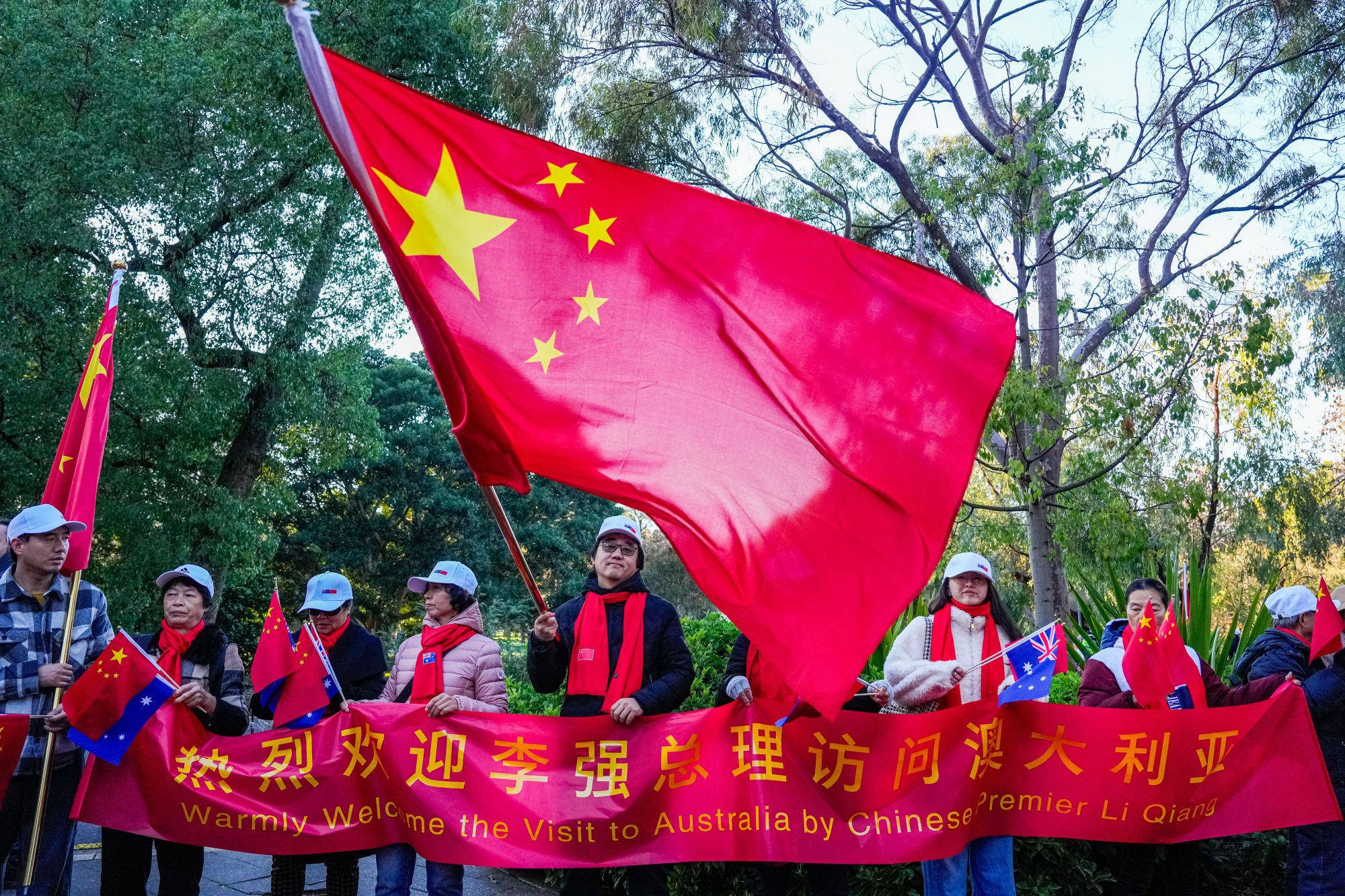
China initiated a reset of the relationship after the previous conservative administration’s nine years in power ended.
Beijing imposed an array of official and unofficial trade blocks in 2020 on a range of Australian exports including coal, wine, beef, barley and wood that cost up to A$20 billion (US$13 billion) a year.
All the trade bans have now been lifted except for Australian live lobster exports. Trade Minister Don Farrell predicted that impediment would also be lifted soon after Li’s visit with Chinese Commerce Minister Wang Wentao.
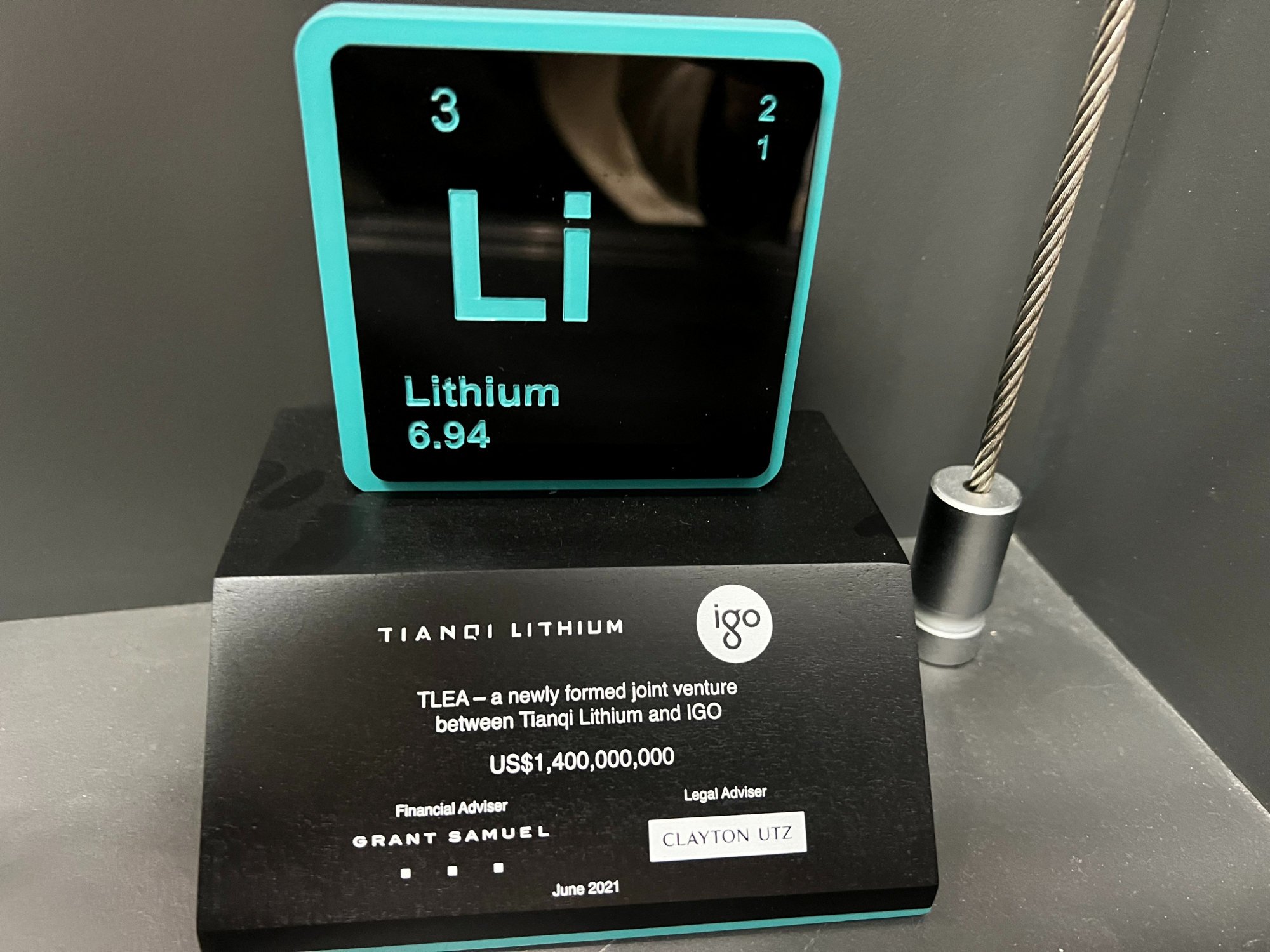
Wong said Li’s visit was the result of “two years of very deliberate, very patient work by this government to bring about a stabilisation of the relationship and to work towards the removal of trade impediments.”
“We will cooperate where we can, we will disagree where we must and we will engage in our national interest,” Wong told Australian Broadcasting Corp. before joining Li for lunch.
Li’s agenda will be more contentious when he leaves Adelaide to visit the national capital, Canberra, on Monday and a Chinese-controlled lithium processing plant in resource-rich Western Australia state on Tuesday.
Albanese has said he will raise with Li during an annual leaders’ meeting recent clashes between the two countries’ militaries in the South China Sea and Yellow Sea that Australia argues endangered Australian personnel.
Li’s visit to Tianqi Lithium Energy Australia’s processing plant south of the Western Australia capital of Perth will underscore China’s interest in investing in critical minerals. The plant produces battery-grade lithium hydroxide for electric vehicles.
Asked if Chinese companies could invest in processing critical minerals in Australia, Wong replied that Australia’s foreign investment framework was “open to all”.
“We want to grow our critical minerals industry,” Wong said.


